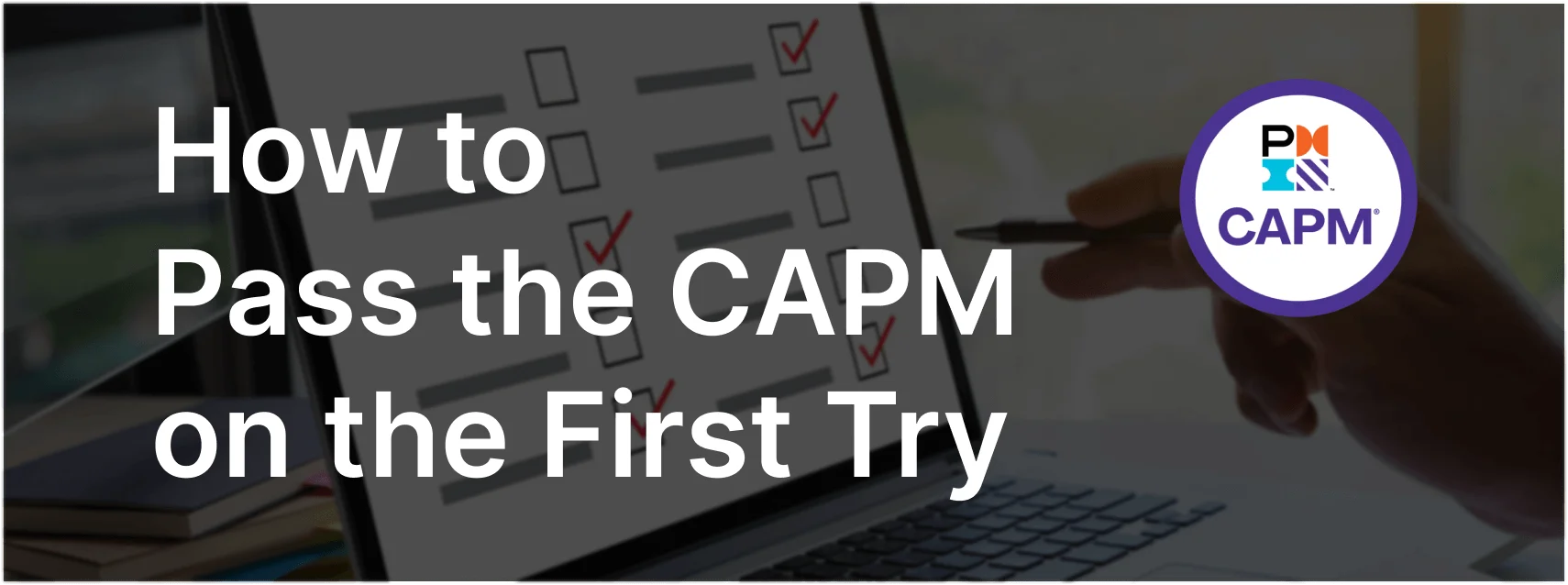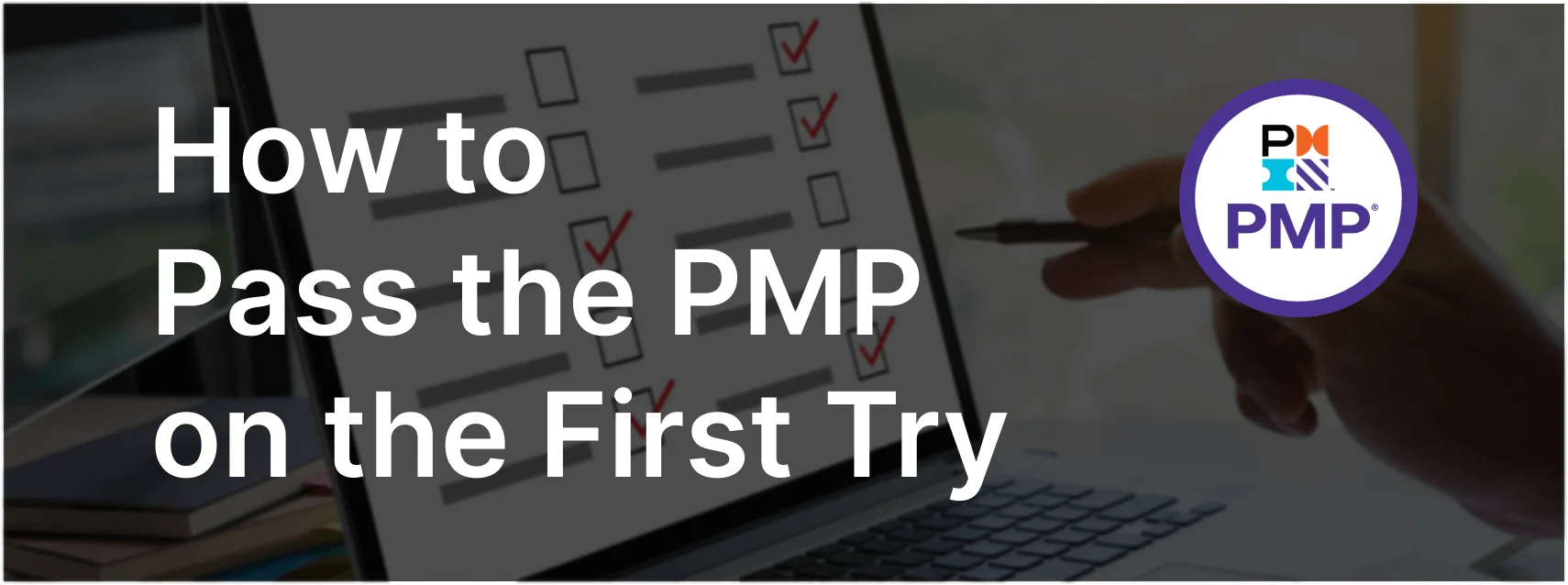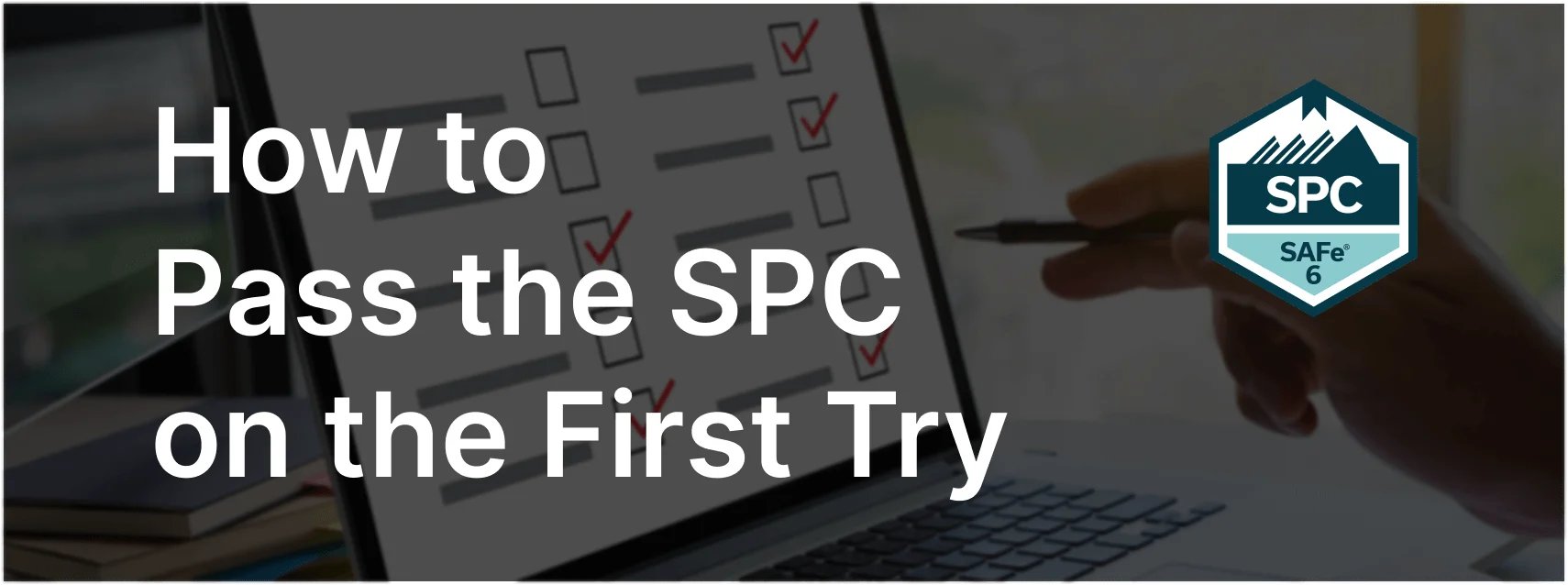The first time I took the PSM I exam was stressful as I didn’t know how to best prepare. Having gone through this process dozens of times and helping others prepare and pass this exam I have made a list of best practices that I think will help you succeed regardless of your learning style.
Learning — Doing — Teaching
The first job I ever had was at a dry cleaners when I was 16 years old. On my first week, the manager was patiently walking me through the process. She could tell that I was a bit confused so instead of explaining the entire process she would explain a little, had me try to do it, then I had to teach it back to her and we did this for each step of the process until we got to the end. I was amazed on how easily I was able to master the process.
Ever since then, I’ve used the same learning technique whenever I wanted to master a skill or subject.
When I decided to pursue my PSM I certification I applied the same technique and was able to pass with a score of 100% on the first try. I will try to explain the different learning process’ and the strengths and weaknesses of each.
Traditional Waterfall Learning
The learning process is divided into independent phases with gateways in between.
Step 1: Reading the Scrum Guide
Step 2: Finding tips on passing the exam
Step 3: Taking practice exams and questions
Step 4: Take the real exam
This would be a typical plan as it is simple and straight foward. That is where the benefits stop if you are self-learning. The Scrum Guide is very “lightweight” as it is only 13 pages and only covers the core essentials. The majority of resources out there are typically vague, ambiguous, contradictory, or completely wrong. Not all sources can be trusted or trusted to be kept up to date.
Incremental/Iterative Learning
Step 1: Skim over the Scrum Guide to get a basic overview.
Step 2: For one section of the Scrum Guide break it down to a granular level. This means decomposing it and trying to understanding the context and value of the section.
Step 3: If it is actionable, apply what you learned in that specific section to something you are doing. For example doing a mock Sprint Planning.
Step 4: Try to explain what you learned to another person and be open to answering questions.
Repeat Steps 2, 3, and 4 until you get to the end.
Step 5: Take the real exam
With this process I was able to easily pass the PSM I, II, and III.
Now it’s your turn!
During my journey, I discovered my passion for helping others on their journey as not everyone has the time to do go through my steps. I continued to teach others and at the same time created practice questions and validating the quality based on the level of their exam success.
After years of coaching and teaching, I’ve had over 10,000 students enroll in my practice tests with a 99% pass rate for those taking the PSM I exam with many having perfect scores. I’ve developed the courses for not only practicing for the exam but also as learning modules.
Practice Questions: HeyScrum
HeyScrum has the most up to date, in depth questions, covering the entire range of Scrum certifications from Scrum Master to Product Owner to Developer to UX to Kanban to Scaling to Agile Leadership.
We have practice exams (with 1500+ questions and answers) for PSM I, PSM II, PSM III, PSPO I, PSPO II, PSPO III, PAL, PAL-EBM, SPS, PSU, PSD, and PSK.
Conclusion
The Learn-Do-Teach process of learning helps you to master what you are trying to learn. This can be turned into an iterative-incremental approach to learning which is very similar to Scrum itself. Learn just enough to do and then try to teach others. You do not need to invest in learning everything before trying but just enough that you can validate your learning. Teaching others what you just learned will solidify your knowledge even further. Continue this cycle and you have embraced the concept of Agility while learning about Scrum at the same time.







